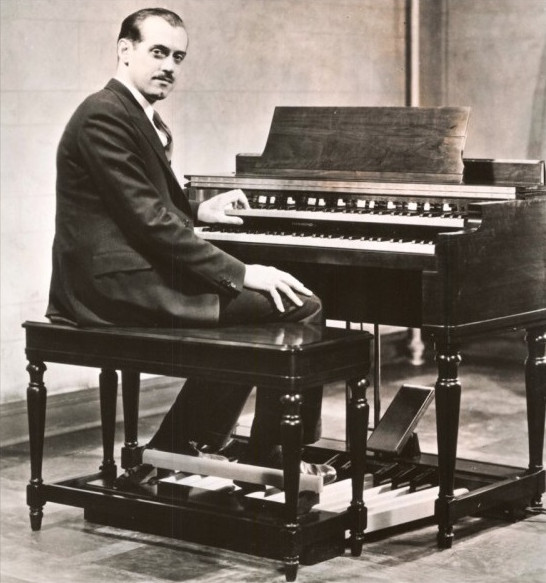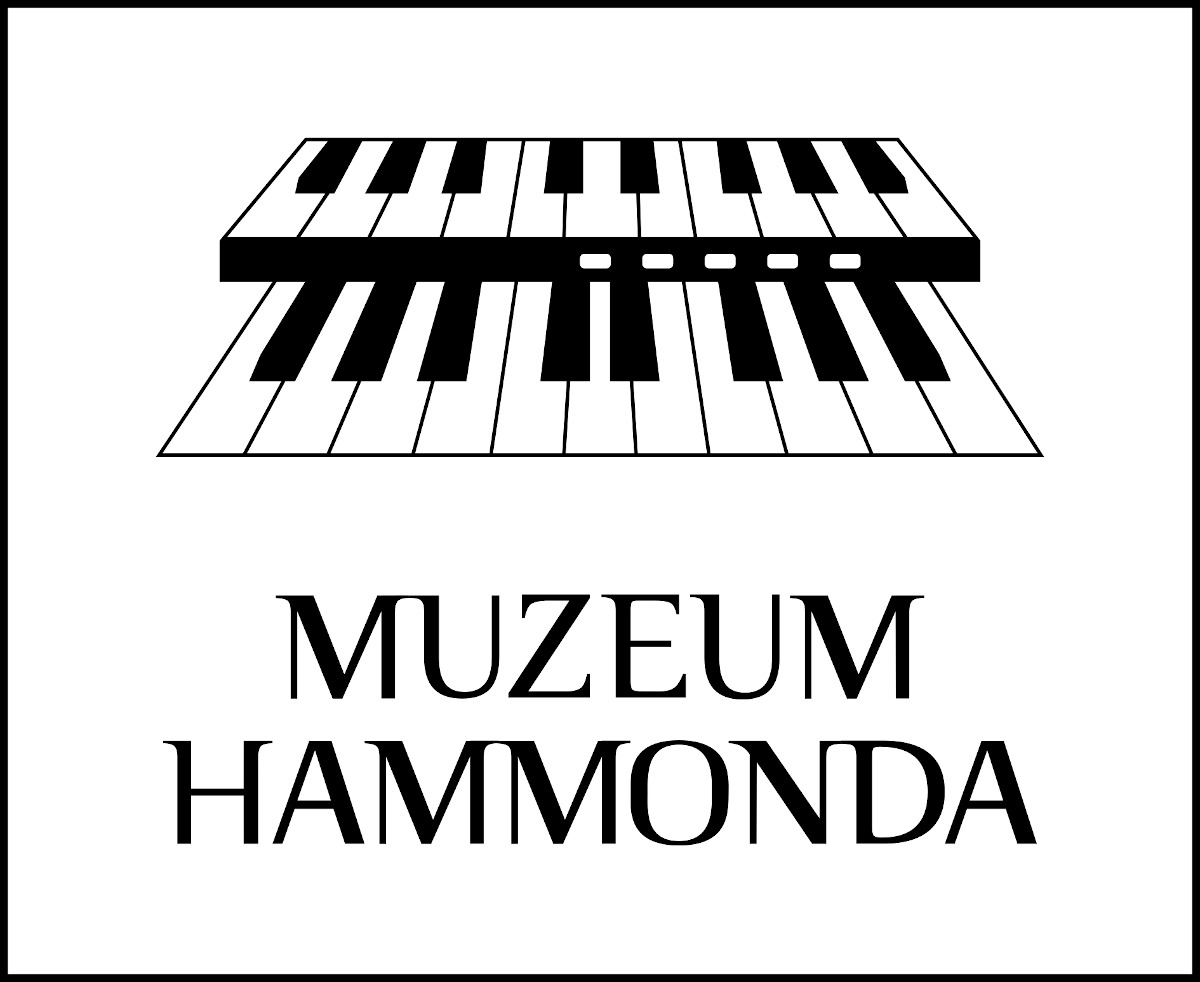
Laurens Hammond was born on January 11th, 1895, in Evanston, Illinois, to William Andrew and Idea Louise Strong. From an early age, he showed outstanding technical skills. He spent his childhood in France and Germany.
In 1909, when the Hammond family returned to Evanston, 14-year-old Laurens could already speak French and German fluently. During his time in Europe, he designed automatic transmission for automobiles. Prompted by his mother, he presented his projects to the engineers from the French car manufacturer, Renault, but these were declined. In 1912, he finally obtained his first patent – a one-dollar barometer.
Hammond studied mechanical engineering at Cornell University and graduated with honors in 1916. When the US entered World War I, Hammond served in France with the 16th Regiment Engineers, American Expeditionary Force; he achieved the rank of captain.
After the war, Laurens Hammond moved to Detroit, where he worked as the chief engineer for the Grey Motor Company, which manufactured marine engines. In 1919 he invented a silent spring-driven clock. This project brought him enough money to leave the company and rent his own space in New York. In 1921, in the lab in his attic, he created a small synchronous electric motor. Over the next year, he focused mainly on developing the so-called 3D filming technique – filming simultaneously with two cameras using the small motor he had designed. While working on this project, he created glasses for 3D movies that we use until this very day (green- and red-colored glasses).
Development of the synchronous motor led Hammond to setting up the Hammond Clock Company. Demand was high, therefore the company soon turned into a large factory. Hammond then came up with numerous further inventions (like an electric bridge table). The electric motor formed the foundation for the development of the sound generator, which later led to creation of the so-called Hammond organ. Hammond applied for patent on January 19th 1934 and was granted one on April 24th of the same year. Initially, the Hammond organ was supposed to constitute an alternative to pipe organs in American churches. The instrument can sometimes be heard in American movies, when action takes place inside a church or when it accompanies gospel singers.
The Hammond organ was widely adopted by rock musicians in the sixties. Among the first ones to play it in their bands were Georgie Fame and Graham Bond. The instrument was later used by the so-called British Invasion bands (like The Nice or Procol Harum), then in psychodelic and progressive rock of the seventies (e.g. Pink Floyd), as well as in hard rock (e.g. Deep Purple). In Poland, the Hammond organ was popularized by Czesław Niemen and Andrzej Zieliński.
During World War II, Hammond co-designed guided missile control systems, light sensors for bomb guidance and glide bomb controls.
Laurens Hammond stepped down as the president of his company in 1955 and retired at the age of 65 in 1960. In his career, he held 110 patents. He was married to Roxana Scoville, with whom he had one daughter. Hammond died at the age of 78 on July 3rd 1973 in Cornwall, Connecticut, where he was also buried.















